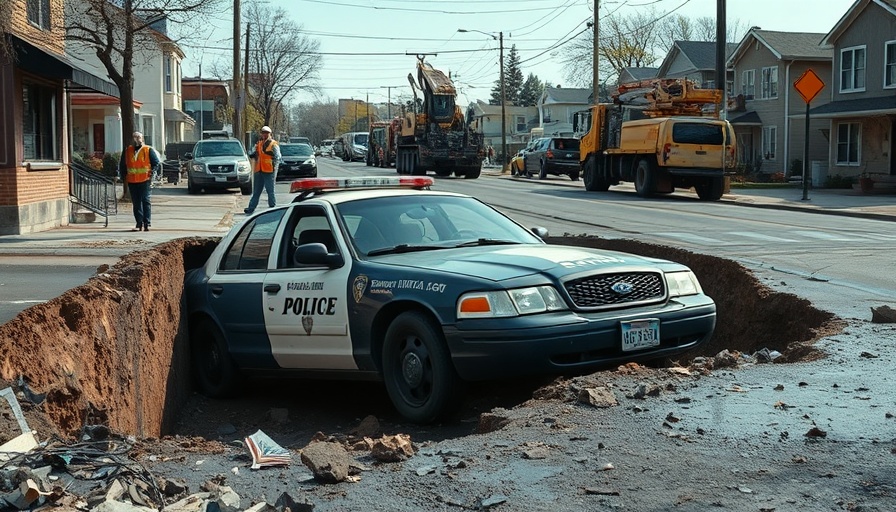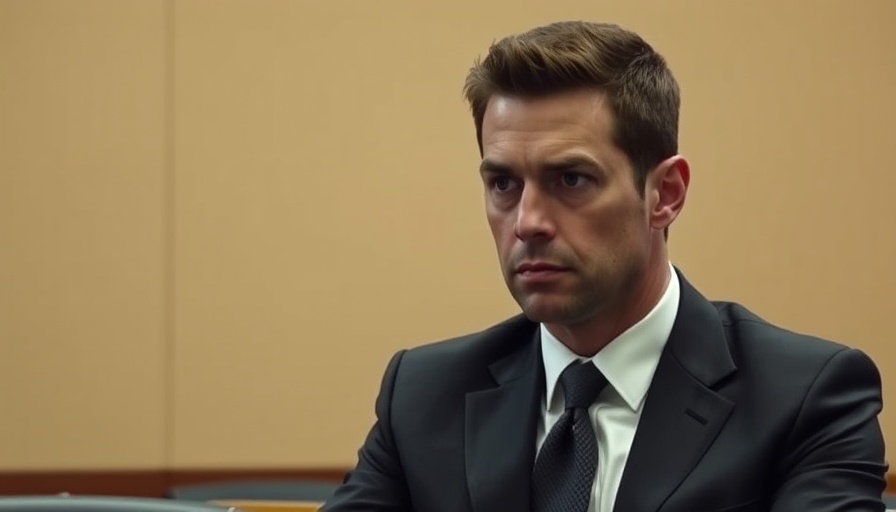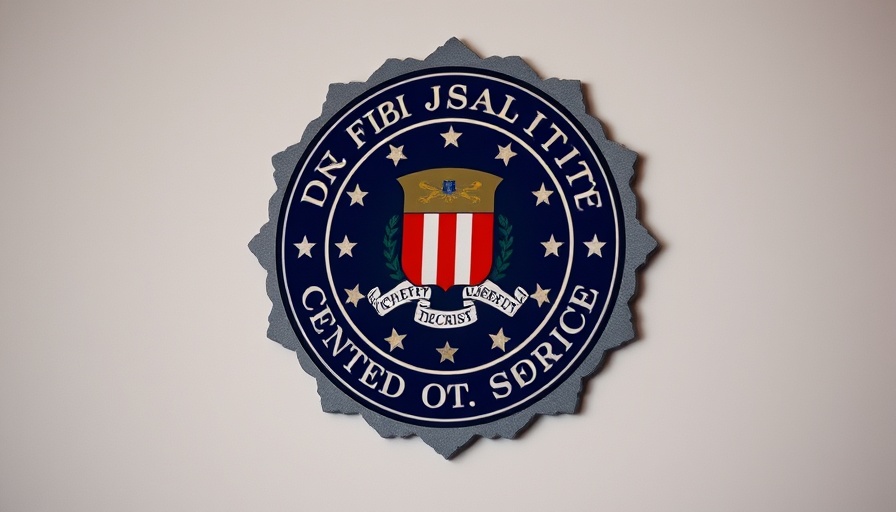
Emergency Response to Infrastructure Failures
When a water main break occurs, it often reveals how critical timely emergency responses are to public safety. In the case of the Rio Rancho police cruiser, the officer was fortunate to emerge without injury, yet this incident raises questions about urban infrastructure integrity — specifically in maintaining roads crucial for first responders. Most urban dwellers may not think about the interactions between everyday police work and the reliability of critical infrastructure.
Illustrating the Risks for Law Enforcement
The officer's muddy ordeal serves as a reminder that patrol duties often expose cops to unpredictable hazards. Beyond crime-fighting, the daily responsibilities of a police officer entail navigating various environmental risks, all compounded by a lack of adequate resources in some jurisdictions. This incident underscores the necessity of ensuring that police training covers various emergencies, including the risks posed by deteriorating infrastructure.
The Broader Impact of Crumbling Infrastructure
This sinkhole incident is not isolated; cities across the nation grapple with aging water lines and roads. As government policymakers debate budgets and infrastructure improvements, the safety and efficiency of law enforcement are often underfunded priorities. Experts agree that there must be a symbiotic relationship between police resources and public infrastructure investments to maintain officer safety and effective community policing.
Urgency in Enhancing Public Safety Measures
With the emergence of modern policing technologies such as AI and real-time data analytics, police departments can leverage innovative tools for infrastructure monitoring. Implementing smart technologies can provide law enforcement with critical alerts about dangers like sinkholes caused by underground ruptures. Authorities must prioritize integrating these solutions into daily operations to promote safety for officers while patrolling.
Engaging the Community: A Collective Responsibility
Community relations remain pivotal in public safety. The Rio Rancho police department, by sharing this incident on social media, fosters transparency and opens a dialogue about public safety concerns. Building relationships with community members can empower citizens to report infrastructure issues timely, creating a proactive environment for addressing potential hazards.
Lessons for Future Training and Preparedness
The muddy aftermath of the sinkhole jolts police departments to reassess training programs. While tactical skills for confronting crime are vital, department leaders should prioritize survival tactics for managing unexpected challenges such as environmental risks. This enhances the overall health of officers and strengthens the police-community bond.
In summary, the sinkhole incident involving the Rio Rancho cruiser illustrates the intricate connection between police operations and city infrastructure. As law enforcement navigates the complexities of modern policing, embracing innovative solutions and fostering community partnerships will be vital to keeping officers safe and communities secure. Law enforcement begins with understanding and addressing the shared risks threatening both officers and the public they serve.
Now is the time for police departments to proactively advocate for improved infrastructure investments, ensuring that officers can focus on service without unnecessary hazards pulling them to muddy situations. Join the conversation about enhancing officer safety and fostering community engagement!
 Add Row
Add Row  Add
Add 

 Add Element
Add Element 




Write A Comment